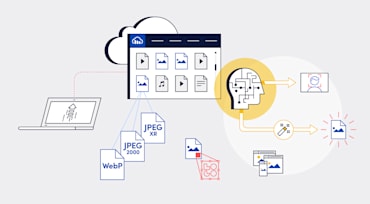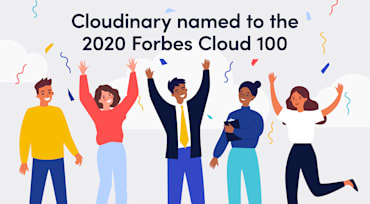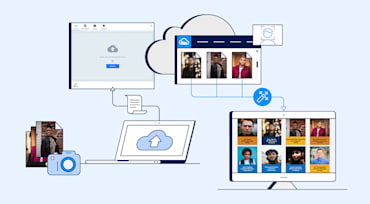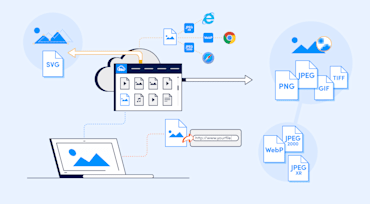Since performance is by and large the holy grail of software development, tools abound for building fast software, notably those for optimizing online media, most of which are images and videos. Optimization in this context means downsizing the media files but maintaining a satisfactory level of visual quality for delivery. The smaller those files are, the faster your website loads.

You likely find yourself continually editing images for enhancement by eliminating flaws and tweaking the overall presentation, typically with software tools. Examples of basic editing are straightening, cleaning, and cropping images, as well as adjusting the contrast, exposure, and white balance. With advanced software like Cloudinary, you can automate not only editing tasks, such as quality adjustment and encoding, but also delivery.

Part 1 of this series highlights the basics of user-generated content (UGC) and its benefits for e-commerce. Part 2 describes how to leverage UGC images in e-commerce and efficiently upload, transform, and deliver them with Cloudinary. In part 3 we will address videos in UGC and the many related management capabilities offered by Cloudinary.

Overlaying text on images is a versatile and effective way in which to spotlight captions, names, copyright watermarks, and such. You can also overlay text over dynamic images (advertisement banners, coupons, greeting cards, business cards) in e-commerce-oriented emails.

In 2017, when Cloudinary first made the Forbes Cloud 100 as a ‘Rising Star,’ it was an incredibly proud moment for the company. In 2018 we graduated from Rising Star status to be acknowledged as part of the incredible Cloud 100, the top 100 SaaS companies in the world. Today marks our third consecutive year on this prestigious list.

I’m an instructional designer on Cloudinary’s Solutions and Training team. As the COVID-19 pandemic emerged in March, like other global organizations, we pivoted to set up virtual courses. As much as we looked forward to resuming in-person classes in the future, we switched gear to focus on the virtual way of learning.

Image formats, which are standards for digital images, can be uncompressed, compressed, raster based, or vector based. You determine the DNA of your images with the formats you adopt, each of which offering different capabilities. For example, rasters generate images with pixels; vectors, with vectors or proportional formulas. PNGs can display logos without background; JPEGs always come with backgrounds. This article explains the main properties of the various image formats, including their basic concepts and pros and cons.

In today’s digital-first age, online site performance is critical for ensuring business continuity, attracting repeat sales, and gaining a competitive advantage. Lazy loading accelerates performance for websites and apps. Many implementation techniques are available, however, so choose wisely. In particular, become familiar with the universal practices and the language- and framework-specific approaches.

“For those of you who are watching in black and white, the pink is next to the green.” (Ted Lowe)
We often laugh about snooker (think billiards if you’ve never heard of snooker) commentaries back in the days of black and white television, but for approximately 300 million people worldwide, the seemingly simple task of distinguishing colors is a daily challenge. Color blindness, or Color Vision Deficiency (CVD), affects roughly one in twelve men, and one in two hundred women. That's over 8% of the population - a significant percentage of your potential customers who may be missing vital information or unable to engage fully with your site. Couple that with increasing legislation promoting accessibility and it's easy to see why you should care about color.

Cloudinary’s annual conference this year, ImageCon 2020, was held online between July 27-30 with more than 18 sessions on a parade of topics that relate to visual storytelling. They focused on the strategies, tools, and best practices on how to leverage rich media, particularly images and videos, to boost user experience, revenue, and brand perception.
